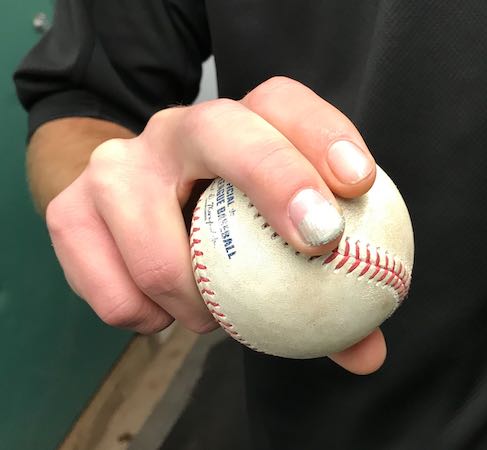Sunday Notes: Michael Girsch Avoids Analytics’ Big Old Hole of Nothingness
We’ll learn more about what the 30 teams have in store for the offseason in the coming days. Not in any great detail (and some subterfuge is inevitable), but with varying degrees of forthcomingness, information will indeed be shared. The GM meetings begin tomorrow, in Scottsdale, with media sessions scheduled for Tuesday and Wednesday.
Will your favorite team actively pursue a trade for Mookie Betts? Do they have their eyes trained, and checkbooks already open, on free agents such as Gerrit Cole and Anthony Rendon… or perhaps Andrew Cashner or Jordy Mercer? Answers to those kinds of questions are reliably vague at best, but inquiries of a different ilk often elicit thoughtful responses.
I got a head start on the executive-Q&A front during last month’s NLCS. Eschewing anything roster-related — not the right time and place — I asked St. Louis Cardinals Vice President/General Manager Michael Girsch if he and his front office cohorts had anything cooking behind the scenes. His answer reflected just how much the game continues to evolve.
“We’re kind of reorganizing our baseball development group a little bit,” said Girsch. “The amount of data keeps increasing exponentially. It’s gone from your basic back of a baseball card, 10 or 15 years ago, to TrackMan, to StatCast, and beyond. The infrastructure that worked at one point doesn’t work anymore. When I started, everything was in Excel, on my laptop. That became nonviable pretty quickly, and now we’re moving beyond the servers we have, to other issues.”
Is keeping up more a matter of adding staff, or streamlining the process already in place? Girsch’s response reflected the fact that bigger fish — relative to the here and now — still needed to be fried. Read the rest of this entry »
